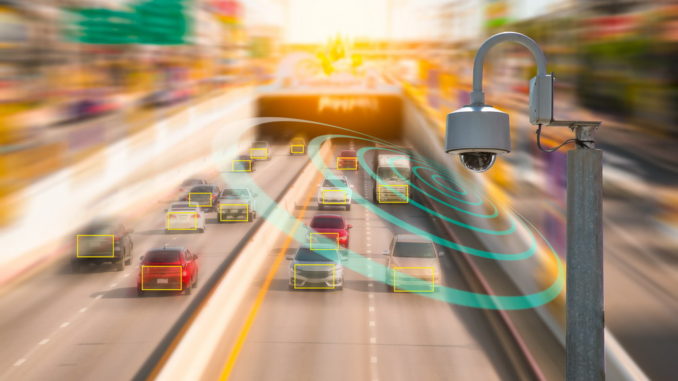
You are driving along a toll road when you suddenly realize the electronic device stuck to your windshield is useless because your toll account is out of funds. You breeze right past the tollbooth knowing that you will be getting a bill in the mail in about 10 days. Just pay the bill on time and there will not be any additional penalties. And guess what? It is all possible thanks to the high-speed camera.
High-speed cameras used to be the exclusive domain of scientists looking to capture motion and break it down into smaller quantities of time. For example, car companies use high-speed cameras to film crash tests. This allows them to go through the film one frame at a time, seeing every point in time as separate from all the rest.
It was not too long ago that law enforcement began coming up with ways to use high-speed cameras as well. In more recent years, high-speed cameras have become sophisticated law enforcement sensors capable of doing some pretty crazy things.
Real-Time License Plate Checks
One of the more impressive uses of high-speed cameras by law enforcement is found in the automatic license plate reader. In this case, the camera acts as a sensor while sophisticated software handles signal processing. Both work together to give law enforcement real-time information on cars.
A police officer can utilize a license plate reader by pulling in behind a car. The car can be in motion or still. In either case, a camera mounted inside the police cruiser takes a series of pictures at a very high rate of speed. Software on the cruiser’s laptop analyzes the pictures in order to extract data from the license plate image.
That data is then sent wirelessly to a central network where it is processed. In seconds, the police officer can know to whom the car is registered, whether or not the registration is still valid, if the car is covered by insurance, and so forth.
Knowing How to Collect Data
Both tollbooth cameras and automatic license plate readers operate on the same basic principles. Making the two systems work is a matter knowing how to collect data in a usable way, according to Rock West Solutions. Once you know what you want to do with the data, you can develop signal processing and data analytics tools to extract the data you need and filter out what you don’t need.
A typical image from a tollbooth camera shows a lot. Depending on the angle of the camera and the size of its lens, you might get an image that shows just the license plate, the frame around the plate, and the back end of the car in question. A wider lens might give you a shot that shows multiple cars passing by simultaneously.
To make that shot of any use, software has to be able to identify a single license plate and its number. It has to be able to recognize the number and extract it as usable data. The rest of the image gets tossed.
Future Law Enforcement Sensors
Technology has improved dramatically over the last decade. Back in the early 2000’s, there was no such thing as an automatic license plate reader. Tollbooth cameras, though they did exist, were not nearly as sophisticated. In that sense, you can say that the future is now here.
What will tomorrow’s sensors be able to do? No one really knows. Law enforcement and its partners are looking to develop a wide range of products covering facial recognition, acoustic analysis, crime scene analysis, and more.

Leave a Reply
You must be logged in to post a comment.